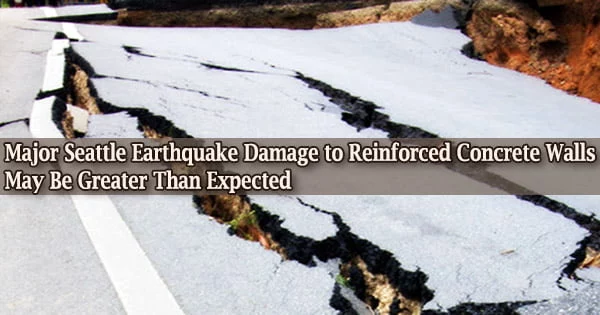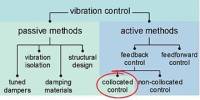Researchers are examining how well reinforced concrete walls might withstand such seismic occurrences using ground vibrations produced for a variety of simulated magnitude 9 earthquakes in the Pacific Northwest.
According to the University of Washington postdoctoral researcher Nasser A. Marafi, who investigated the phenomenon for his Ph.D. dissertation, the barriers may not fare as well, especially within the city of Seattle.
The deep sedimentary basin that supports the city would amplify the ground motions caused by a long-lasting, large-magnitude earthquake, and the majority of the city’s buildings under 24 stories were not constructed to account for the potential damage caused by such basin effects, Marafi reported at the 2019 SSA Annual Meeting.
“What we found is that the results are actually a lot more damaging than what we would expect,” Marafi said.
The maximum story drifts, which describe the displacement between successive floors on a building, predicted for reinforced concrete structures during a magnitude 9 earthquake are, on average, 11% larger and more variable than those used for earthquake building codes that do not take basin effects into account.
Although Marafi’s analysis can’t always predict whether a specific reinforced concrete structure will collapse during a magnitude 9 earthquake in Seattle, the study suggests that, depending on their design specifications, structures built to the current minimum seismic standards may have up to a 33% average probability of collapsing.
Then my work takes the ground motions that those simulations predict and asks what this means for building response. How do buildings respond to this kind of shaking that we’re predicting from this simulation?
Nasser A. Marafi
His work is a part of a bigger investigation by U.S. Geological Survey and University of Washington experts into the potential effects of a magnitude 9 earthquake in the Pacific Northwest.
There are no seismic records of earthquakes of great size in the area, despite the fact that there is historical and ancient evidence of these enormous and destructive earthquakes in the Cascadia Subduction Zone.
To address this, the researchers have created a set of ground motions that might be anticipated under numerous magnitude 9 scenarios in the area using computer models.
“Then my work takes the ground motions that those simulations predict and asks what this means for building response. How do buildings respond to this kind of shaking that we’re predicting from this simulation?” said Marafi.
Marafi tested against 32 computer-generated models of reinforced concrete-core-wall structures that were between four and forty stories tall using 30 of these ground motions. He spoke with Seattle-based engineers before creating the concrete models to ensure that his ideas were accurate representations of the way that buildings are actually built in the city.
Seismic waves traveling through the soft, subterranean sediments beneath Seattle slow down and build up energy, potentially creating dangerously huge amplitude waves that are trapped in the basin. Buildings in Seattle with 24 floors or less are exempt from this requirement, but Marafi noted that this is beginning to change.
For example, Seattle’s basin effects will be included in the upcoming National Seismic Hazard Maps that guide construction standards, and by 2021, the city’s design codes for buildings 24 floors or less are likely to incorporate some basin effects as well.
The changes mean that existing buildings in the city may need to be retrofitted and that new buildings would be built with “more steel and more concrete so that the structure is slightly bigger and ends up being a stronger, stiffer building,” Marafi said.
















